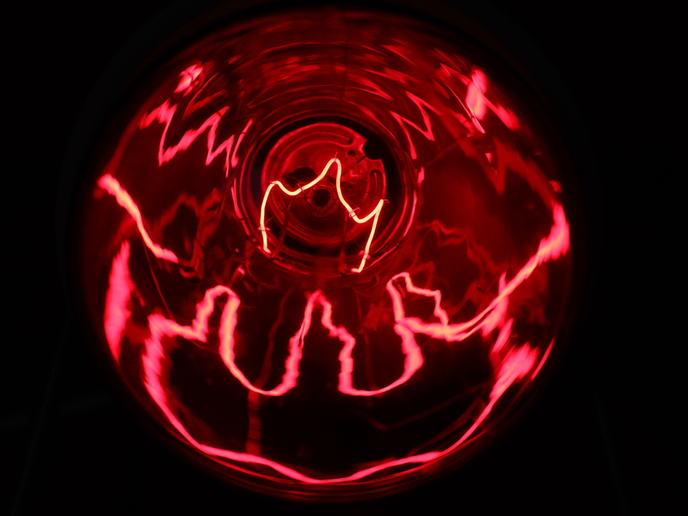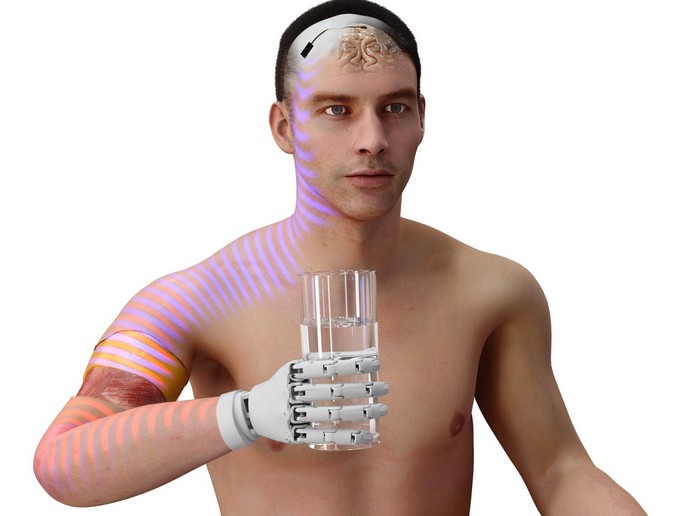New scintillation detector copes with bright neutron beams
At the heart of the ESS(opens in new window) will be a 600-metre linear accelerator that fires protons at a tungsten target, from which neutrons will be consequently emitted. It will use neutrons to probe the structure and movement of various materials on an atomic/molecular level to enable scientific analysis. Its construction requires significant technological advances on all fronts of instrument component design. Detectors are no exception. Such new sources exceed the capabilities of current neutron detectors in their ability to measure high rates of particles emitted or to detect the positions of particles in the space with high precision – or both. To this end, the initially very bright neutron beam emitted from a powerful neutron source often has to be attenuated. “Next-generation neutron sources such as the ESS are so powerful that the majority of modern detectors are blinded by them, much like a person looking directly into the sun,” notes Sebastian Jaksch, coordinator of the EU-funded SoNDe project. Another essential feature of high-efficiency neutron detectors is their capability to clearly distinguish between neutrons and gamma radiation, or any other kind of radiation, for that matter.
First modular solid-state detector for high-neutron fluxes
The SoNDe project pioneered the design of a scintillation detector that eliminates the need to attenuate the neutron beam. “SoNDe uses a modular detector design that allows scientists to count up to 250 000 neutrons per second using a single 5x5 cm2 module. This makes the detector over 20 times more capable than state-of-the-art neutron detectors. Each module can be used independently or put together with other detectors in whatever arrangement is required,” explains Jaksch. Neutrons first hit onto the scintillator glass that contains Li-6, a stable lithium isotope that emits a weak flash of light in response. Approximately 600 photons are emitted for each neutron captured. Jaksch explains that: “With SoNDe, we have the dynamic range to distinguish whether 1 or 250 000 neutrons are emitted per second. The photomultiplier helps us detect both very weak and strong signals to measure their strength correctly.” The project team tapped into the potential of multiple-anode photomultiplier tubes that behave like many detectors in one, where each single pixel acts like a photomultiplier. Thanks to its much smaller diameter, it can accommodate more sensors on the surface, thus improving the detector count rate and resolution. Another main advantage of the new neutron detector technology is that the scintillator does not contain helium-3, a rare and expensive gas.
Peeking at the future
Highly efficient neutron detectors are critical in many sectors, including materials science, medicine, biology and astronomy. “Tracking the transport of drug molecules with neutrons helps develop better means of drug delivery, where large quantities can be targeted to the appropriate sites in the body. They can also offer archaeologists significant and otherwise wholly inaccessible insight into ancient artefacts without destroying or cutting them,” notes Jaksch. Another application is the investigation of high-performance batteries in operation, such as are needed for electric vehicles. Besides scientific research, such detector technologies open up new practical applications and can be adapted to suit those applications. “Self-driving cars will need suitable detectors to find obstacles, to measure the speed of other vehicles and navigate the road safely. Finally, SoNDe detector technology may also prove useful in helping detect turbulences during flights,” concludes Jaksch.







